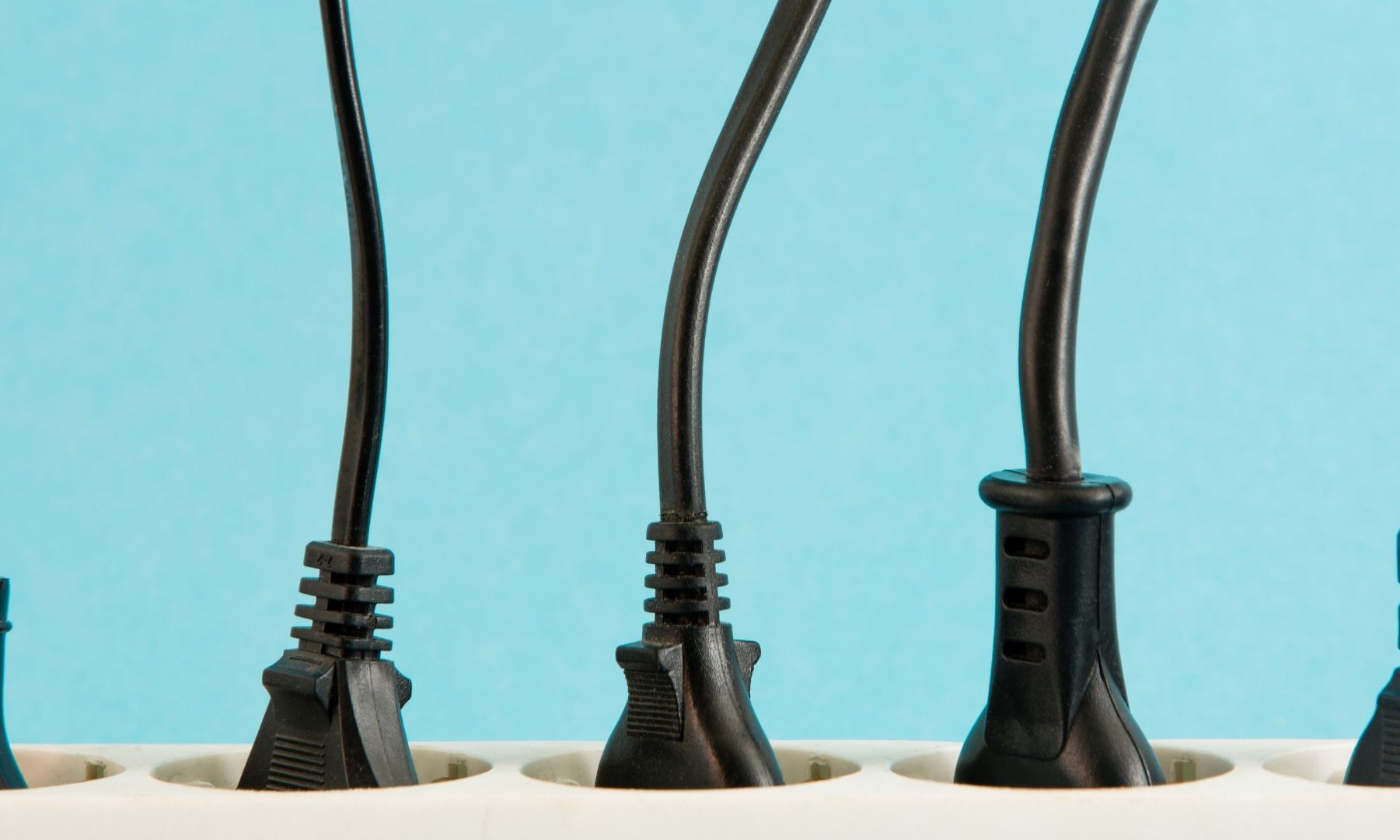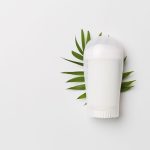Table of Contents
Plug-in Air Purifiers: What’s Being Left Unsaid?
| Plug-in air purifiers are small hand sized devices that plug directly into your wall and stay there via the plug.
Similar to how a night light works. The thing about plug-in air purifiers is they are really not air purifiers in the traditional sense. If you were to do a search on Amazon right now for air purifiers, you would come across a variety of different brands and different sizes of air purifiers. But they would all have one thing in common. They all use filtration to clean the air. The standard air purifier is a HEPA filter, a carbon filter and a pre-filter to capture the big stuff. But when you get into the plug-in air purifier area, you find that they also have something in common, they are all ionizers. See Here. Ionizers do not filter the air. They clean the air through ionization. How does ionization work?The basic premise is that the ionizer emits negative ions into the airstream. The negative ions attach themselves to the contaminants in the air, which causes them to be too heavy to float and they fall to the surface. |
Welcome to the Grey Area.What is the grey area? Ozone.Ionizers create ozone as a byproduct. And ozone is a lung irritant. But the thing is, these small plug-in air purifiers / ionizers do not emit enough ozone to be dangerous. Do they? That’s where the grey area begins. Most of the plug-in air purifiers that you find listed on the internet do not say a single word about their products creating ozone. And why would they? As an analogy, The grocery store is stocked full of processed foods that contain 10 types of sugars hidden behind all kinds of jargon and are labeled as fat free on the packaging. It’s all semantics. Most people don’t care about that stuff anyway. But at least the ingredients are listed if you cared enough to look them up. It seems that a lot of ionizer air purifier products are leaving some of the ingredients off of the packaging. Or they are hiding behind clever jargon. For instance, They can technically say that they clean air with oxygen because ozone is oxygen with an extra molecule. Remember it’s just semantics. Interesting dilemma. Should they be required to say that they have a chance of creating ozone even if it is a safe level in most circumstances? Is leaving it out actually hiding it? After all, ozone is a scary word, and why mention it if you don’t have to? And there is the point that ozone is a naturally occurring part of the atmosphere. Cleaning the air without any of my input. And maybe we aren’t owed an explanation for it anyway. |
| There are a couple of companies that are completely up front with their advertising. And I appreciate it.
Guardian technologies offer full disclosure in the literature. As well as EdenPURE Eden pure even says in their description of how they’re air purifier works that it uses ozone molecules to clean the air. Not to mention that they are also using the “Thunderstorm” moniker in the title of one of their air purifiers. “After a thunderstorm freshness” used to be a big advertising slogan in the days when ozone machines were sold as air purifiers. So EdenPURE is not trying to hide it. |
Need a Small Travel Size Air Purifier that will out perform any micro plug in air sanitizer?
The GermGuardian Elite 3-in-1 Air Purifier is the way to go: see it here









